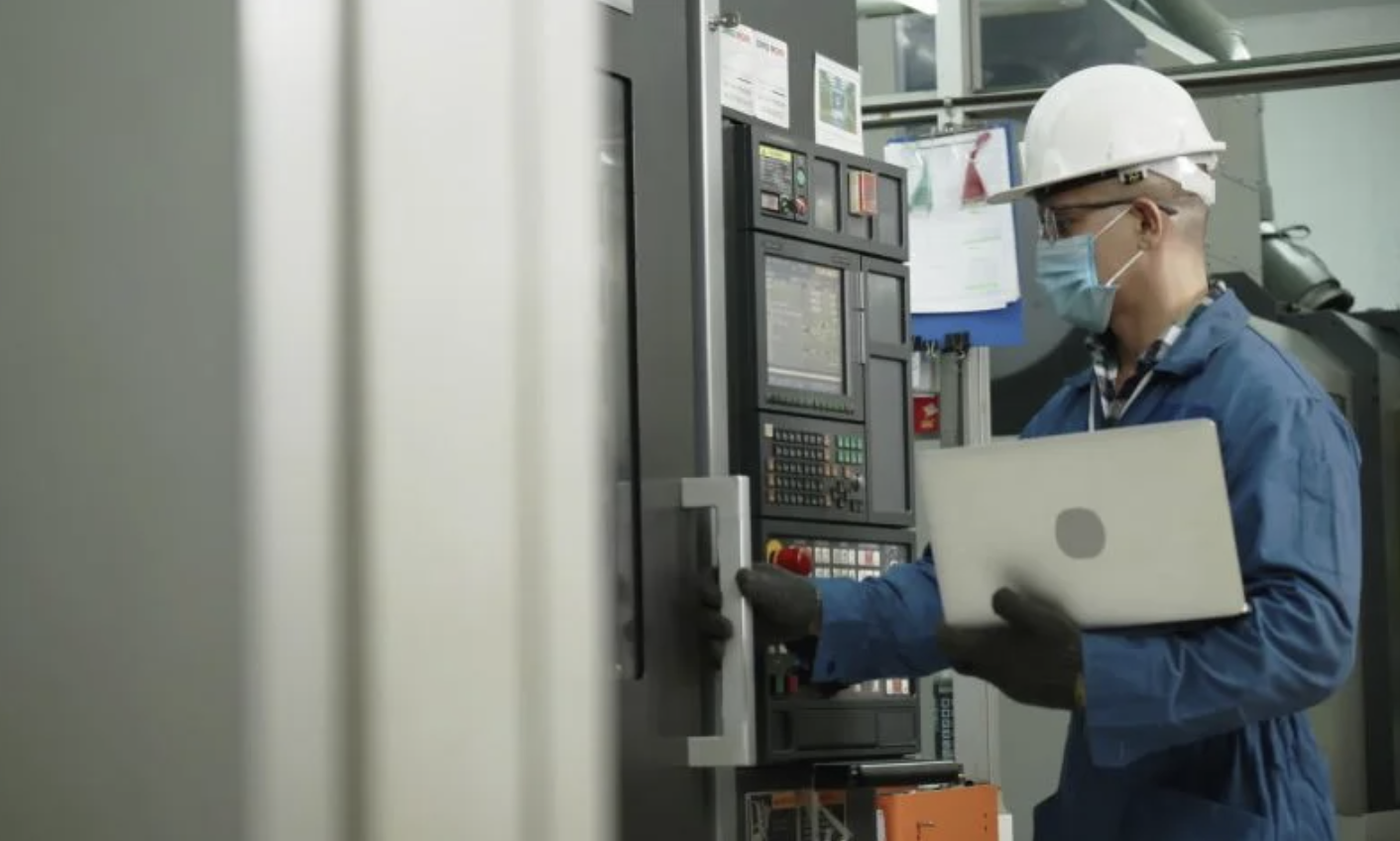A comprehensive equipment and machine safety checklist can help prevent accidents and injuries. This checklist is an important tool for managing the safety of your staff and machinery.
Here are some Equipment and machine safety checklists to help you make sure workers stay safe on the job.
General Safety precaution
Contents [show]
- Assess conditions in and around the machine for dirt, debris, and power sources.
- Check for missing or damaged hardware. Look for hydraulic hoses, valves, and fittings, worn or loose on all systems. Ensure that hydraulic hoses are properly sealed and threaded.
- Replace any part that is not recommended for regular use, or that is worn or missing.
- Don’t overload machine
- Allow plenty of work space
- Remember that equipment handling is dangerous, so use extra caution
- Very crucial: irrespective of the size and nature of your operations, always follow policies and procedures of WHS to ensure reduction or elimination of health and safety risks as well as avoiding costly compliance penalties. Effective WHS policies and procedures provide the direction needed to attain satisfactory workplace safety and WHS regulatory compliance – a mission to which a well-thought-out equipment and machine safety checklist contributes to.
User checklist
- Do not operate a machine for which you have not been instructed or trained.
- All start buttons must work so that it is not possible to start the machine by mistake. This is done by the start button being recessed, covered or fitted with a collar.
- Always check the machine before use. Pay attention to the inspection sticker.
- Check whether a machine has been set up safely.
- Do not use the machine if guards are malfunctioning, removed or bridged.
- Use the machine in the prescribed manner.
- Immediately report any identified dangers to the supervisor.
- Turn off the engine and remove the key when troubleshooting or adjusting the machine.
Checklist for the technician
- Clean the machine before you start tinkering with it.
- Place the machine in a stable position.
- Make sure that a second person is present during the test run. This person must be able to turn off the machine quickly if necessary.
- Follow the service and maintenance instructions in the machine owner’s manual.
- Maintain safe operation of the machine.
When purchasing a new machine
- Before purchase: Draw up a schedule of requirements in advance, together with those involved in the company. This pays attention to: noise and vibration level, ease of use, climate, dust, chemical, exhaust emissions and diesel engine emissions.
- After purchase, before using it: Check whether the machine can be used safely. Consult an expert if necessary. See that the machine meets the safety requirements.
- Make sure that the supplier provides you with the following documents when the machine is delivered: a user manual and a declaration of conformity.
Maintenance and inspection of machines
Have machines maintained in such a way that they continue to meet the safety requirements. This is not only important for the life of the machine, but also for the safety of the person who works with it.
- Have the machine inspected as often as necessary for a good condition. The frequency depends on the maintenance instructions of the manufacturer, the intensity of use and the conditions of use.
- Lifting and hoisting equipment must be inspected at least once a year.
- Have the inspection of work equipment carried out by an expert. It is up to the employer to determine who is competent enough to carry out the inspection.
- Make sure that the findings of the inspections are recorded.
- Ensure that the next inspection date is legibly stated on the machine, for example on an inspection sticker.
Training and instruction
The supplier should provide detailed instructions on delivery about the properties and dangers of the machine, its operation and daily and periodic maintenance. Note that some machines may have special training requirements.
- Provide the relevant employees with the instructions in an understandable form. Otherwise, put the most important points for attention on a work instruction card.
- Increase knowledge through workplace instruction.
- Make sure that the machine is switched off and at a standstill before you start troubleshooting, performing maintenance or adjusting the machine.
- Repeat information and instruction if it appears that, during supervision, employees do not comply with the instructions.
- Discuss accidents and near misses that have taken place in the company or in the sector.
Personal protective equipment
- During maintenance on machines, use personal protective equipment, such as work clothing (overalls), safety shoes and gloves.
- Do not use gloves if there is a danger of being drawn in or screwed in (for example, a drill)
- Use hearing protection in case of harmful noise (more than 80 decibels). Always use eye protection when machining, grinding, drilling, etc.
- Use eye protection for machining work such as grinding and drilling, etc.


